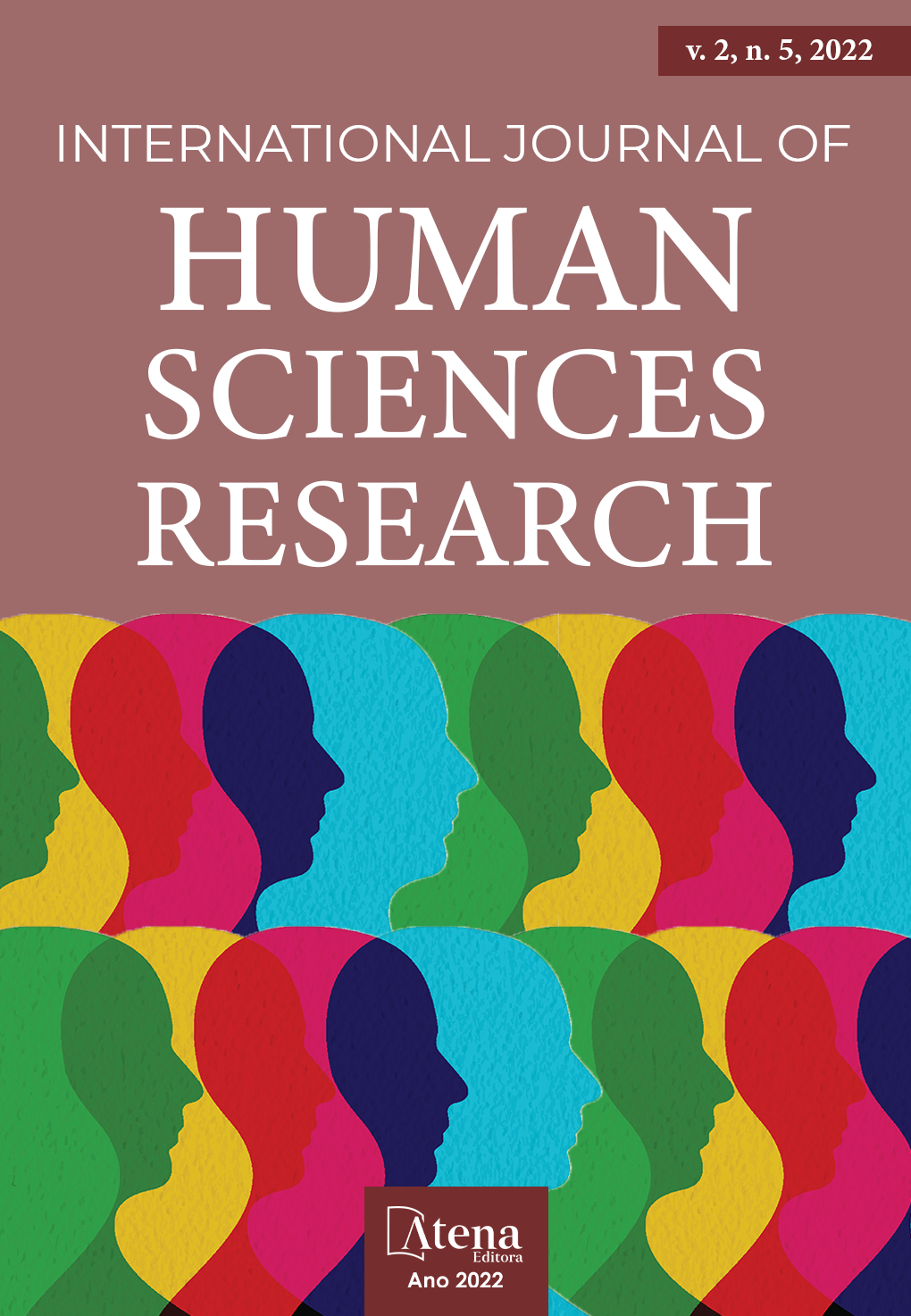
HOMELESS POPULATION: THE CITY AND THE RIGHT TO INHABIT
In this article, we reflect on the theme of social architecture, homeless people, and more specifically, it relates the contributions that the living space influences in the lives of these citizens. The objectives were to associate the guidelines of the Housing First method, with the relocation of the homeless population in the social sphere, pointing out primarily aspects that led them to a state of vulnerability and linking this theme to the urban space. In the methodology, articles, books, recommendations from Brazilian federal agencies were researched, as well as surveys from the municipal government of Limeira (SP). In the results, the choice of location was justified in seeing the need to implement a new model that would attract this public, using the Housing First model in the city in order to contribute to the reduction of people who make the streets their home. And to conclude, it was understood that they need a look of otherness, so that they want to rediscover the identity that was lost before.
HOMELESS POPULATION: THE CITY AND THE RIGHT TO INHABIT
-
DOI: 10.22533/at.ed.558252203038
-
Palavras-chave: Homeless people, Vulnerability, Housing First, Limeira-SP.
-
Keywords: Homeless people, Vulnerability, Housing First, Limeira-SP.
-
Abstract:
In this article, we reflect on the theme of social architecture, homeless people, and more specifically, it relates the contributions that the living space influences in the lives of these citizens. The objectives were to associate the guidelines of the Housing First method, with the relocation of the homeless population in the social sphere, pointing out primarily aspects that led them to a state of vulnerability and linking this theme to the urban space. In the methodology, articles, books, recommendations from Brazilian federal agencies were researched, as well as surveys from the municipal government of Limeira (SP). In the results, the choice of location was justified in seeing the need to implement a new model that would attract this public, using the Housing First model in the city in order to contribute to the reduction of people who make the streets their home. And to conclude, it was understood that they need a look of otherness, so that they want to rediscover the identity that was lost before.
-
Número de páginas: 21
- Jéssica almeida polito
- Amanda Sanara Oliveira da Silva


